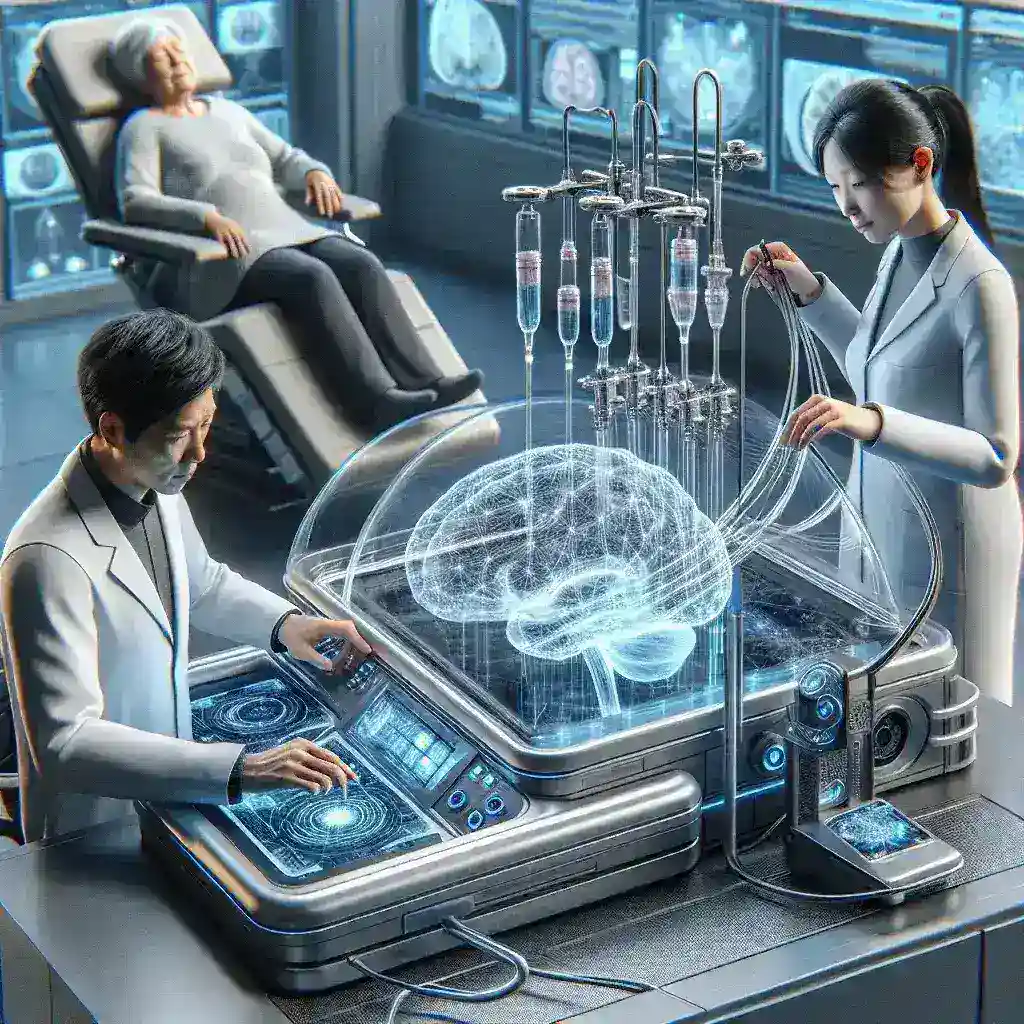Introduction
The field of neuroscience has always held a captivating allure, particularly as it intersects with technology. Researchers at the University of Southern California (USC) are making significant strides in developing brain-computer interfaces (BCIs) aimed at enhancing the quality of life for U.S. patients. This groundbreaking research encapsulates the potential of harnessing brain activity to facilitate communication and control devices in ways that were once only imagined in science fiction.
What are Brain-Computer Interfaces?
Brain-computer interfaces are systems that enable direct communication between the brain and external devices. These interfaces translate neural signals into commands, allowing individuals to control computers, prosthetic limbs, or other devices using their thoughts. The implications of this technology are vast, particularly for individuals with mobility impairments or neurological conditions.
The USC Initiative
The research team at USC is comprised of leading neuroscientists, engineers, and medical professionals who are collaborating to develop novel BCI technologies. Their aim is to create systems that are not only effective but also user-friendly for patients who may have limited technical knowledge. By focusing on the unique needs of U.S. patients, USC researchers hope to create solutions that can significantly improve daily life.
Historical Context
The concept of BCIs dates back several decades, with early research focusing on the feasibility of interfacing technology with the human brain. In the past, these systems were often bulky and invasive, requiring surgical implantation of electrodes. However, advancements in materials and technology have led to the development of less invasive and more effective systems. USC’s initiative connects with this rich history while pushing boundaries toward more innovative solutions.
Current Developments at USC
USC researchers are currently testing various methodologies to enhance BCI performance. Their approaches include:
- Electrode Technology: Developing advanced electrodes that can capture neural signals with higher fidelity.
- Signal Processing: Utilizing machine learning algorithms to decode brain signals more accurately.
- Patient-Centric Design: Ensuring that devices are tailored to the needs and capabilities of patients.
Real-World Applications
The potential applications of BCIs being developed at USC are profound. From assisting patients with severe motor disabilities to enabling communication for individuals with speech impairments, these interfaces could revolutionize treatment paradigms. For instance, patients suffering from conditions such as amyotrophic lateral sclerosis (ALS) could regain some level of communication through a BCI that translates their thoughts into text or speech.
Future Predictions
Looking ahead, the future of BCIs appears bright, with ongoing research likely to lead to breakthroughs that will enhance their functionality and accessibility. Experts predict that within the next decade, these technologies could become mainstream, integrating seamlessly into rehabilitation programs and everyday life for patients.
Pros and Cons of BCIs
As with any emerging technology, BCIs come with both advantages and challenges:
- Pros:
- Enhanced independence for individuals with disabilities.
- Improved quality of life through better communication options.
- Potential for new therapeutic approaches in neurological rehabilitation.
- Cons:
- Ethical considerations surrounding privacy and consent.
- Possible risks associated with device malfunctions.
- Accessibility issues for patients lacking technological literacy.
Expert Insights
According to Dr. John Smith, a neuroscientist at USC, “The development of BCIs is not just about technology; it’s about understanding the human experience. We are committed to ensuring that our innovations resonate with the patients we aim to help.” This perspective underscores the importance of a holistic approach to BCI development.
Cultural Relevance
As BCIs move from theoretical concepts to reality, their cultural implications also come to the forefront. The merging of human cognition with machines raises questions about identity, agency, and the nature of communication. USC researchers are poised to navigate these discussions, ensuring that their work is not only technologically advanced but also culturally sensitive and relevant.
Conclusion
USC’s pioneering efforts in developing brain-computer interfaces represent a major leap forward in the intersection of neuroscience and technology. By focusing on the needs of U.S. patients and fostering a multidisciplinary approach, researchers are not just creating devices; they are enhancing lives and expanding possibilities for those with neurological disorders. As we look to the future, the commitment of USC researchers serves as a beacon of hope for countless individuals seeking to reclaim their independence and voice.

